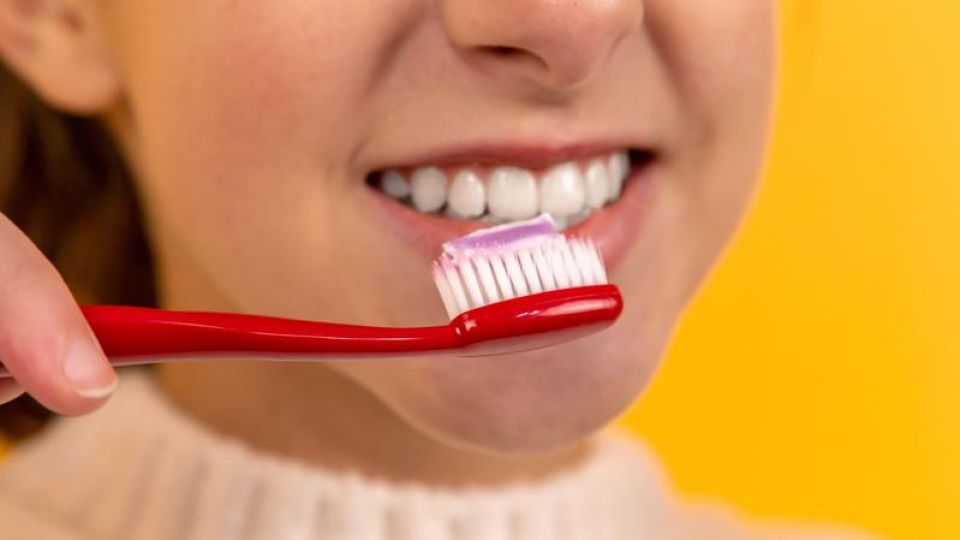October 18, 2022
HONG KONG – Hong Kong’s consumer rights watchdog said on Monday that 30 percent of children’s toothpastes it tested might actually damage their teeth.
In a statement issued on Monday, the Consumer Council of the Hong Kong Special Administrative Region said three out of the 13 models of children’s toothpaste were found with a pH level that was too low, failing to comply with the Chinese mainland standards and might lead to damage of the tooth enamel.
The mainland standard requires toothpastes to have a pH value of not lower than 5.5 or higher than 10.5. The pH values of the 13 children’s toothpaste models ranged from 3.8 to 8.2.
“The Council reminds consumers that when the pH value in the oral cavity drops to below 5.5, the tooth enamel might be dissolved,” the council said.
“Brushing the teeth with toothpaste that is too acidic, added to the friction of the toothbrush, might weaken the surface of the teeth and could even lead to abrasion. Therefore, consumers are advised to avoid using toothpaste that is too acidic,” it added.
As for the 17 toothpaste models for common use, the pH value ranged from 6.4 to 9.5, all in compliance with the mainland standard.
Brushing the teeth with toothpaste that is too acidic, added to the friction of the toothbrush, might weaken the surface of the teeth and could even lead to abrasion. Therefore, consumers are advised to avoid using toothpaste that is too acidic.
The Consumer Council
Meanwhile, among the six toothpastes for children claiming to contain fluoride, two had fluoride levels that were too low. They did not comply with the mainland standard of having fluoride levels of 0.05 percent to 0.11 percent, and possibly are unable to provide sufficient protection for children’s teeth.
Out of the 17 common use toothpaste models, nine had fluoride levels that were generally higher than that of the children’s toothpaste models, all complying with the mainland standard.
Twenty-seven models (about 90 percent) also had trace amounts of heavy metals. The council said that while the levels did not exceed the relevant standards, consumers should be mindful of the risks of long-term ingestion of these substances.
The council said it was concerned that, out of the 13 toothpastes for children tested, 12 had trace amounts of heavy metals, including some models which were labeled as suitable for babies and young children aged below 3.
Though the test also found microbiological contaminations in two models of children’s toothpaste, the colony-forming units were lower than the maximum limit set by the mainland standard.
Among the six toothpastes for children claiming to contain fluoride, two had fluoride levels that were too low. They did not comply with the mainland standard of having fluoride levels of 0.05 percent to 0.11 percent, and possibly are unable to provide sufficient protection for children’s teeth
The Consumer Council sourced 30 models of toothpaste from the market, including 17 models for common use and 13 for children, between March and May. The toothpaste of various brands was sold at HK$10 ($1.27) to HK$100.
The test was conducted in accordance with the mainland standard and EU regulation relating to cosmetics, the council added.


